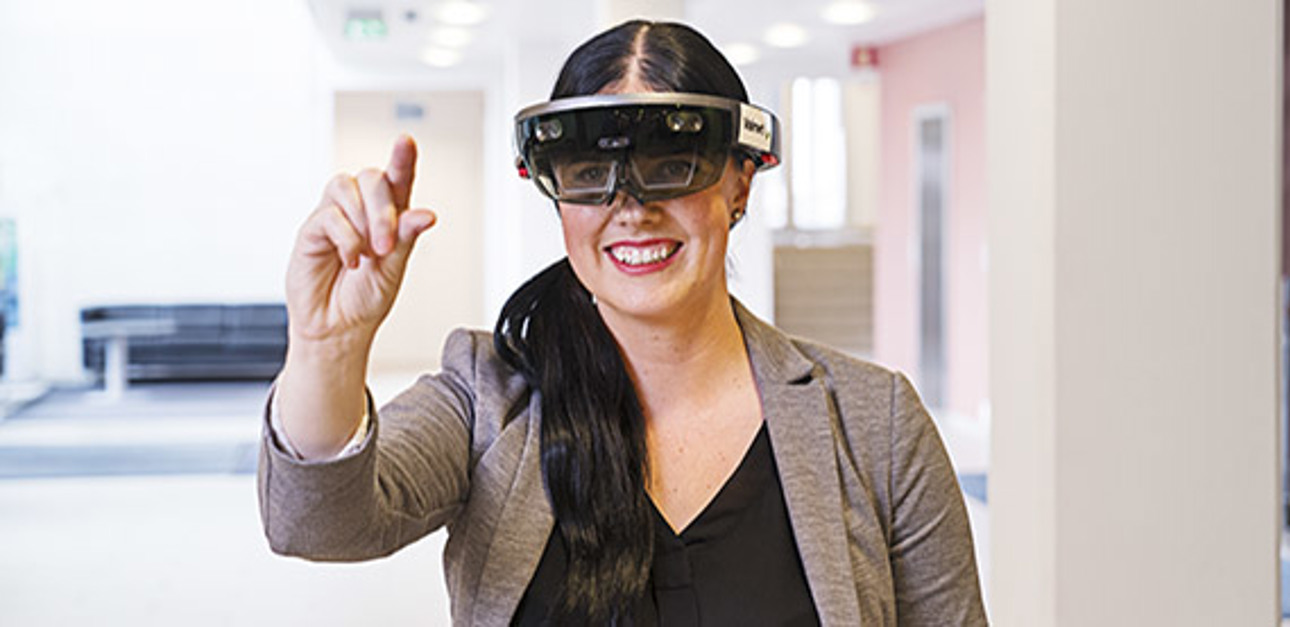VR, AR, MR, XR – What are all these?
Aug 16, 2018
Virtual reality (VR) has been a hot topic for a while. After VR, came augmented reality (AR) and mixed reality (MR). And now, we also talk about extended reality (XR). What do these technologies actually mean, and how can they be implemented in the mill or plant environment in pulp, paper and board, tissue or energy industries?

Simulating real life situations in virtual reality
VR is an artificial 3D environment that users can captivatingly interact with. While interacting, the user becomes part of this virtual world and can manipulate objects or perform a series of actions.
VR technology makes it possible to simulate real life situations in the mill or plant environment, and to provide training for employees in hazardous situations, for example. This technology can be utilized to simulate, analyze and optimize all phases of a product life cycle from design, through use, up to disposal.
Augmented reality overlays new information on top of real life
AR brings the components of the digital world into a person's perceived real world. Unlike virtual reality, which creates a totally artificial environment, augmented reality uses the existing environment and overlays new information on top of it in real time.
AR can have many implementations in the industrial world, also. It for examples enables utilizing existing data and information in new ways during mill maintenance. AR technology allows workers to explore the mill or plant through a MR headset, where maintenance related data can be displayed virtually in real time. This means that mechanics can take the information they need with them, when they are working on a machine.
Real and virtual worlds merge in mixed reality
Mixed reality (MR) is the merging of real and virtual worlds to produce new environments and visualizations, where physical and digital objects co-exist and interact in real time.
Extended reality: Real interaction virtually
XR means all the previous reality platforms merged into a larger entity. XR encompasses 360-degree video, virtual, augmented and mixed realities. XR enables real interaction although the environment is virtual.
XR solutions will typically enhance the features already implemented into the VR and AR platforms.
For example, the XR eases and speeds up maintenance planning by bringing real-time plant data to VR or MR headsets. The multi-user platform enables multiple users simultaneously.